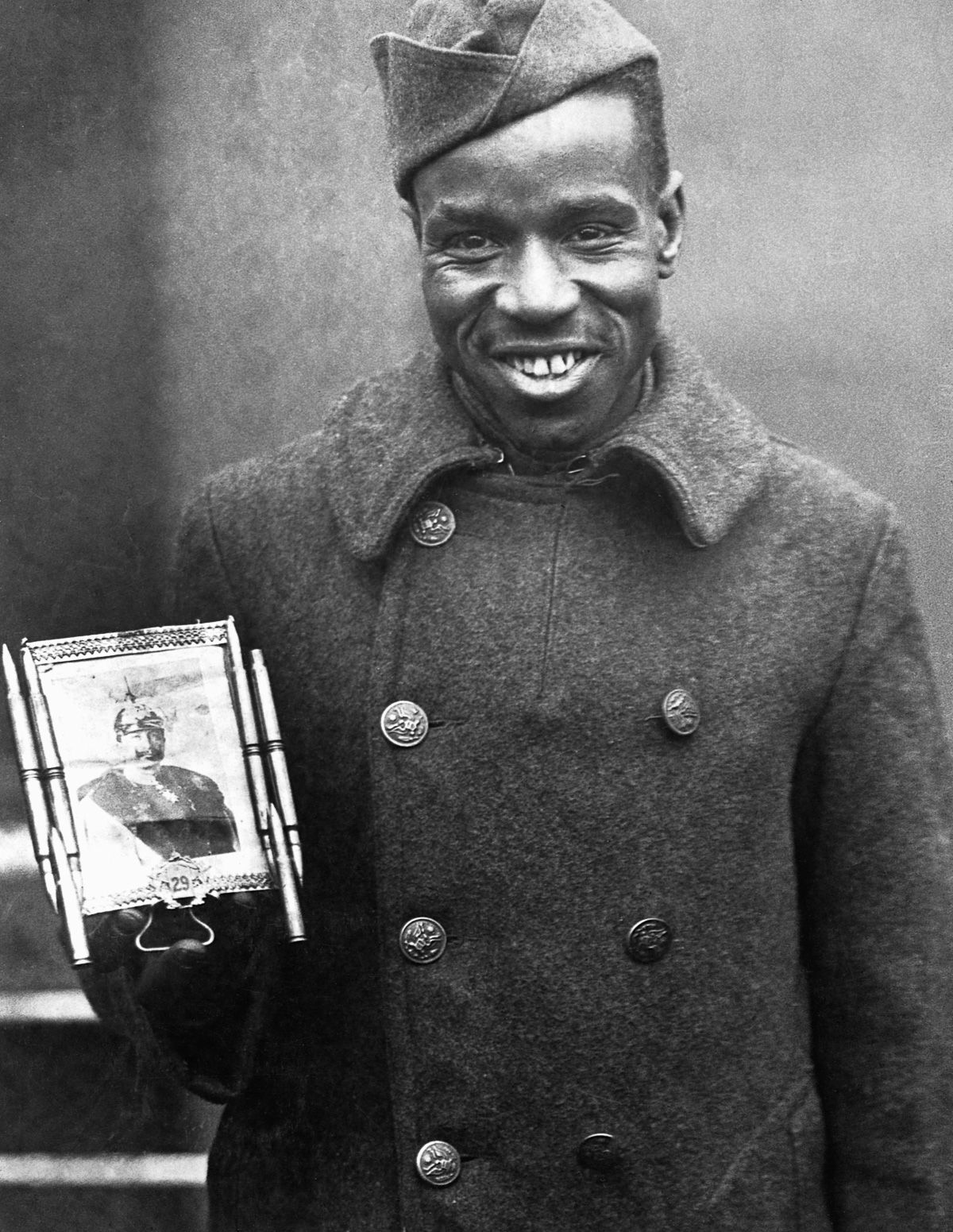Soldiers from the 369th Infantry Regiment (15th N.Y.), also known as the “Harlem Hellfighters,” who earned the Croix de Guerre for gallantry in action. (Credit: Wikimedia Commons). Featured Image
[dropcap]While[/dropcap] many celebrated black soldiers in the streets of New York at the end of the war, they also soon encountered a wave of hatred and violence. Williams, a chair in history at Brandeis University and the author of Torchbearers of Democracy: African American Soldiers in the World War I Era (University of North Carolina Press, 2013), sat down with BrandeisNow to discuss the aftermath of World War I for black people in America. [mc4wp_form id=”6042″]
 Soldiers from the 369th Infantry Regiment (15th N.Y.), also known as the “Harlem Hellfighters,” who earned the Croix de Guerre for gallantry in action. Image Credit. Credit: Wikimedia Commons
Soldiers from the 369th Infantry Regiment (15th N.Y.), also known as the “Harlem Hellfighters,” who earned the Croix de Guerre for gallantry in action. Image Credit. Credit: Wikimedia Commons Soldiers from the 369th Infantry Regiment (15th N.Y.), also known as the “Harlem Hellfighters,” who earned the Croix de Guerre for gallantry in action. Image Credit. Credit: Wikimedia Commons
Soldiers from the 369th Infantry Regiment (15th N.Y.), also known as the “Harlem Hellfighters,” who earned the Croix de Guerre for gallantry in action. Image Credit. Credit: Wikimedia CommonsQ: BrandeisNow
How were black soldiers received in the US after serving in the war? In what ways were they celebrated, and in what ways did they face hostility?
A: Chad Williams
African-American soldiers were celebrated as returning heroes after the war. Welcome Home parades took place in small towns and big cities. On February 17, 1919, tens of thousands of New Yorkers welcomed home the all-black 369th Infantry Regiment with a massive parade on Fifth Avenue and into Harlem. Black soldiers symbolized the hopes and aspirations African Americans had for true democracy in the United States after the war.
Conversely, many white Americans viewed returning black soldiers as a threat because of their military service and exposure to new ideas about race and equality, especially in France. Many black veterans were victims of a wave of racial violence in 1919 that came to be known as the “Red Summer.”


You must be logged in to post a comment.